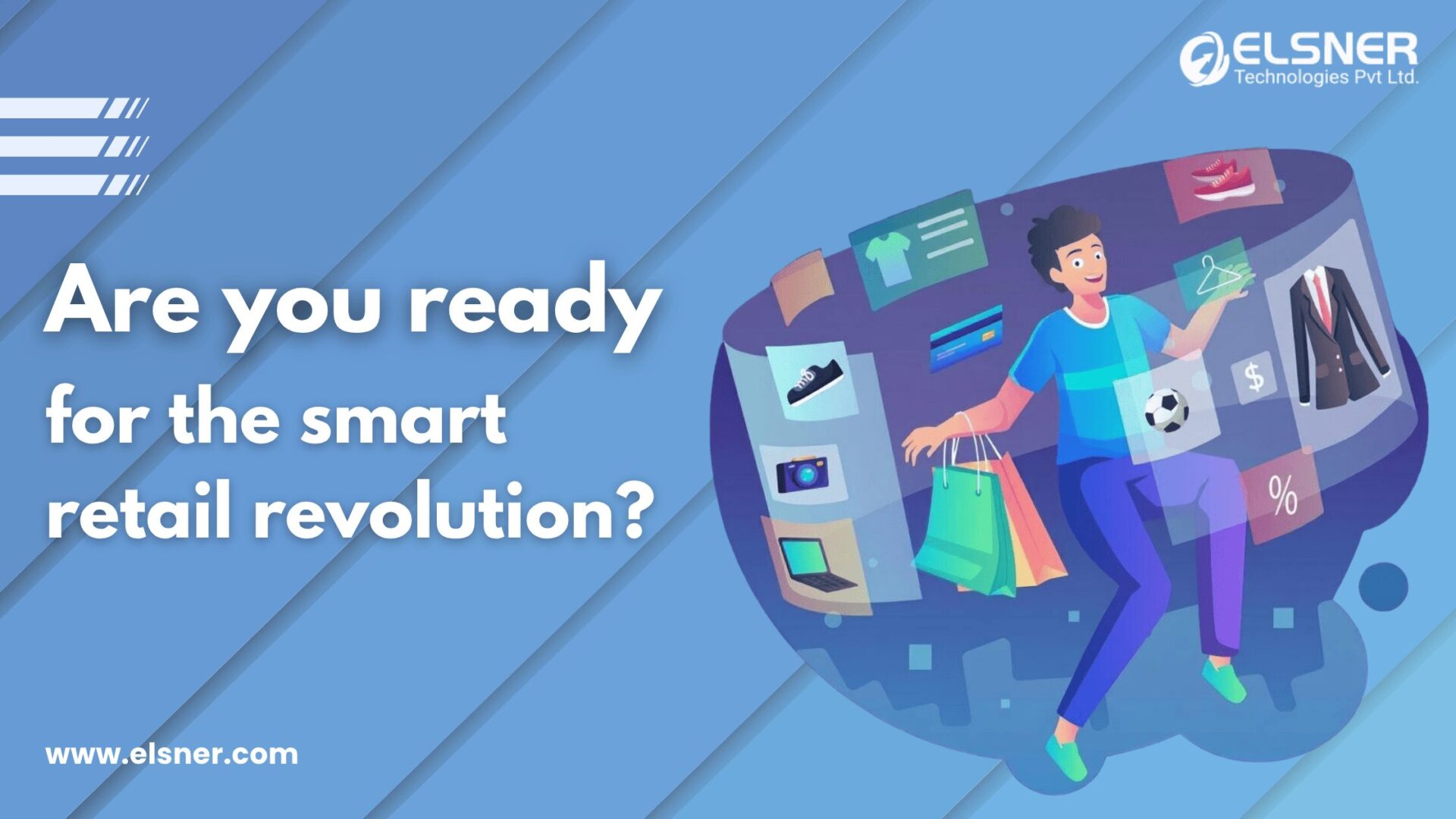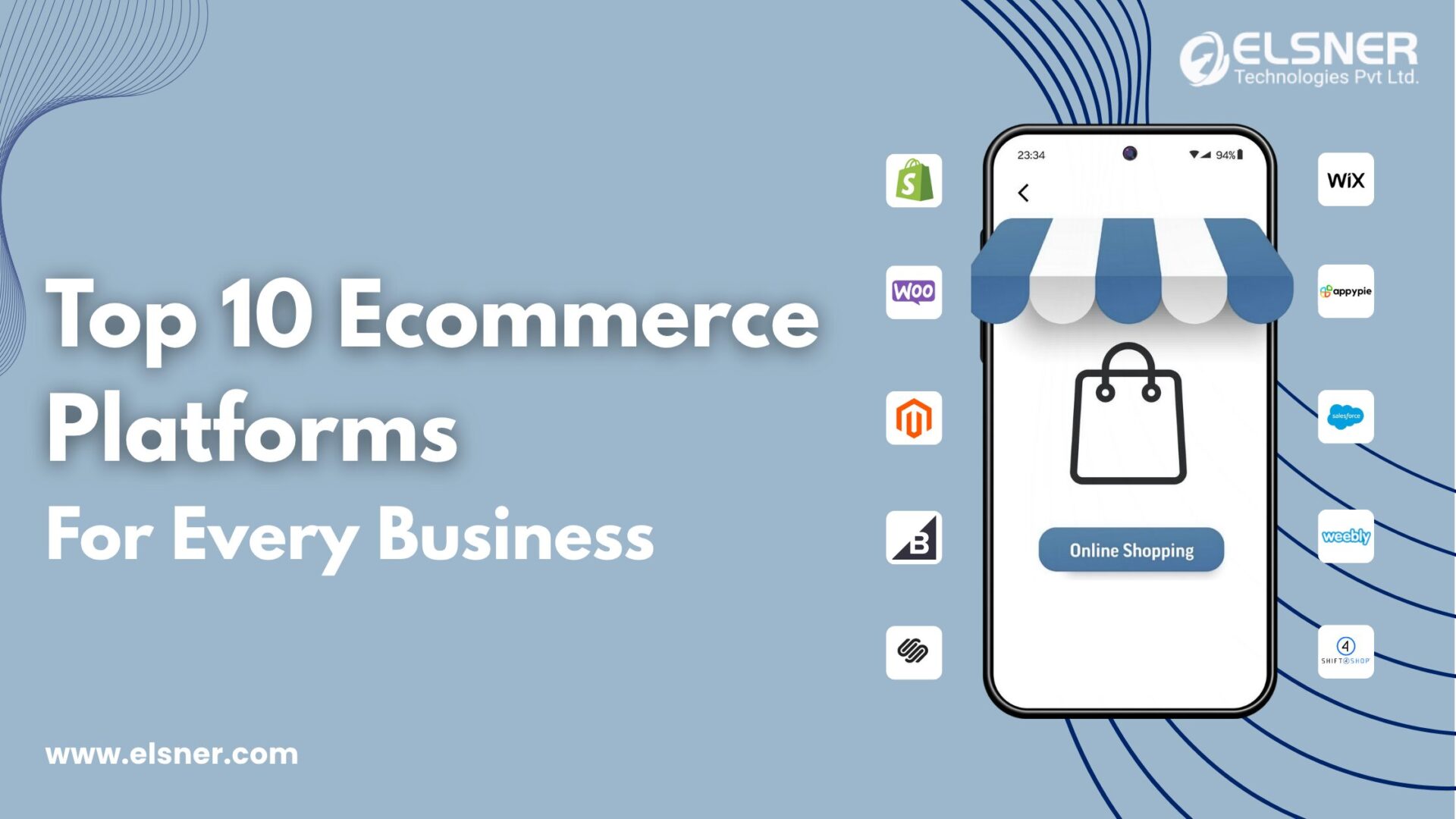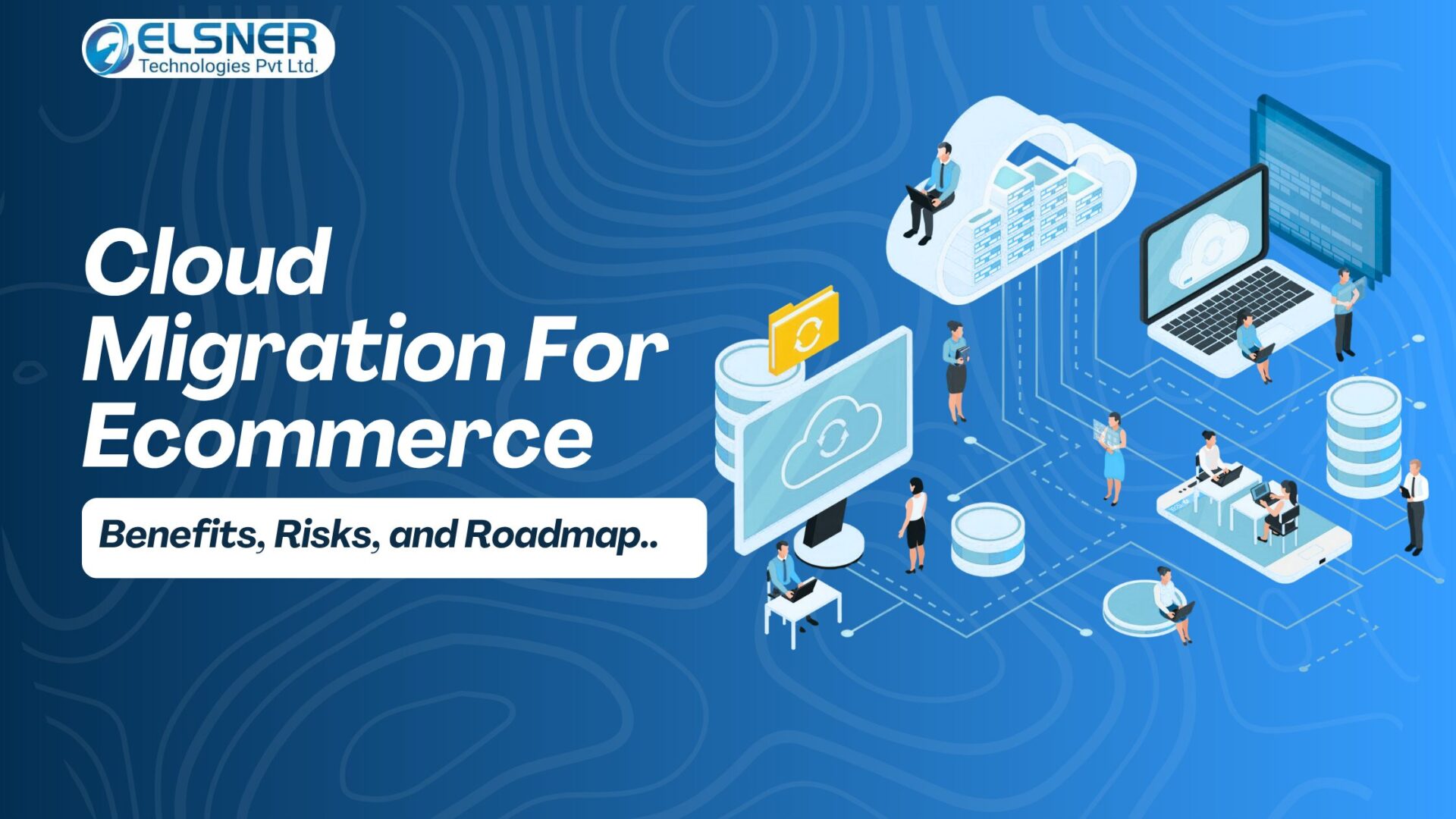- What is Ecommerce Revenue?
- 6 Ecommerce Revenue Models to Increase Income Streams
- 1. Sales Revenue Model
- 2. Advertising Revenue Model
- 3. Subscription Model
- 4. Affiliate Revenue Model
- 5. Transaction Fee Revenue Model
- 6. Sponsorship Model
- 7 Unique Strategies to Boost Your Ecommerce Revenue
- 1. Make Your Store Mobile-friendly
- 2. Use High-quality Product Photos
- 3. Add Social Proofs
- 4. Keep Your Website Speed High
- 5. Offer Exciting Discounts for Customers
- 6. Provide Multiple Payment Options
- 7. Add Free Shipping
- Common Types of Ecommerce Business Models
- 1. B2C
- 2. C2C
- 3. C2B
- 4. B2G
- Frequently Asked Questions
The ecommerce industry is growing rapidly and the market size is expected to reach $62,415.2 billion by 2030. This remarkable growth opens various opportunities for ecommerce owners to earn more. But, many business owners don’t know how to utilize today’s technology to build multiple income streams. Don’t worry, we’ve got you covered!
Here we will explore the six best ecommerce revenue models and seven unique strategies that you can consider to build a successful ecommerce business and increase income streams.
Let’s dive in!
What is Ecommerce Revenue?
Ecommerce Revenue refers to the total amount generated by selling products, services, subscriptions, advertisements, and more through online channels. It is an essential metric that helps every business owner assess their growth and profitability and optimize overall operations.
6 Ecommerce Revenue Models to Increase Income Streams
1. Sales Revenue Model
Every eCommerce store has a sales revenue model by selling products through online channels. Many Ecommerce Growth Stories highlight how businesses leverage this model to reach worldwide customers, selling high-demand products over the Internet to drive big profits. This approach is considered one of the most common revenue models that eCommerce businesses use to achieve success and scalability.
2. Advertising Revenue Model
Many companies have big advertising funds and want to promote themselves on Ecommerce stores to attract potential audiences. Having an eCommerce store with a good amount of traffic can open the opportunity for an advertising revenue model where companies will pay you some amount to take a space and display their brand as an advertisement in your online store. Some popular sites mainly rely on advertising revenue models like online magazines, newspapers, and TV channels.
3. Subscription Model
The Subscription Model is a favorite among other revenue models where businesses can provide access to their products or services on a weekly, monthly, or yearly basis. Many big brands are using this subscription model such as Netflix, Amazon Prime, and Spotify.
4. Affiliate Revenue Model
Affiliate revenue models allow you to earn a commission by promoting other brands’ products on your online store. After each sale, merchants get a percentage of the commission as revenue sharing which makes the win-win revenue model. Many ways you can get paid in affiliate models such as pay-per-click, lead, and sale.
5. Transaction Fee Revenue Model
The transaction fee revenue model is now an option for many Ecommerce businesses. Many ecommerce sites invite other merchants to sell their products on their platform and charge a percentage fee for each sale. Some popular brands that are using this model are eBay, Etsy, Craigslist, and more. The fee is applied to the total transaction amount after each sale and the store owner gets the commission.
6. Sponsorship Model
The sponsorship model is easy money for those eCommerce sites which are having a good amount of traffic. Ecommerce Business Keys like this model allow many companies to allocate separate budgets for advertisements, displaying their brand on websites and eCommerce stores to catch customers’ attention. Various eCommerce websites are offering sponsorship deals that companies take and pay an amount to promote their brand. You can sell sponsorships to brands and make a huge profit just by showing your brand’s products or services on your website.
7 Unique Strategies to Boost Your Ecommerce Revenue
1. Make Your Store Mobile-friendly
The World has 6.92 billion smartphone users, and 45% prefer to use their smartphone to shop online. It clearly shows how consumers shop online and why every Ecommerce store must be mobile-friendly to ensure potential customers can visit your store and make purchases. Nowadays, having a mobile-friendly Ecommerce store is mandatory, or you’ll lose behind the competition.
2. Use High-quality Product Photos
Customers are shopping online, and the biggest factor they consider to make buying decisions is the photo quality of products and how attractive they appear in front of them. There are high chances of getting sales when your Ecommerce store shows high-quality product photos. Ideally, you should keep the product photos with a white background to ensure customers focus on the product.
3. Add Social Proofs
88% of people trust online customer reviews to make buying decisions. So you should display some positive customer reviews to build trust for your brand and drive more sales. First, you should collect real customer reviews by asking via survey or email them and then showcase happy customer reviews below each product page to build trust for your brand.
4. Keep Your Website Speed High
40% of people abandon a site that takes more than three seconds to load. That’s how the world is running where you need to get customers’ attention in a fraction of a second. Fast loading speed allows customers to quickly visit your store, pick products, and make purchases. Having a slow-speed website can lose lots of sales and conversions, so make sure to keep your website speed high for more conversions.
5. Offer Exciting Discounts for Customers
Offering exciting discounts can increase your sales by up to 73%. This way you can easily get customers’ attention and drive more sales. Some best ways to offer discounts on your store such as limited-time-offer, buy-one-get-one, or loyalty rewards. Make sure that you keep a good profit margin even after applying discounts to achieve business goals.
6. Provide Multiple Payment Options
It is important that a customer can buy products from anywhere with a suitable payment mode. You must choose eCommerce development services and add multiple payment options in your Ecommerce store to increase the chances of getting sales. Some popular payment options you must add such as PayPal, Apple Pay, Credit/Debit Card, Amazon Pay, COD, and more.
7. Add Free Shipping
90% of shoppers would love to shop online more often when free shipping is available. It is a secret weapon of any Ecommerce business to attract more potential customers and increase sales. Offering free shipping can increase the number of orders, reduce cart abandonment rate, and increase conversions.
Common Types of Ecommerce Business Models
1. B2C
It is a business-to-consumer model, where businesses directly sell their products or services to the end-users. Most of the online stores follow the B2B commerce model globally. WOW and MamaEarth are some of the most suitable examples of B2C brands.
2. C2C
Business market is very quickly changing its landscape, as everyone wants to earn money. Nowadays, consumers are also creating their products and selling them over third-party online platforms. For instance, Etsy and eBay are one of the leading examples of a C2C business model. Here, they sell their products without any issue and the platform cuts off its commission or charges.
3. C2B
C2B is a consumer-to-business model, where consumers sell products or services to businesses. In simple words, businesses are the end-users here. Here, you can take the example of freelancers or domestic product makers. These individuals sell their services or products directly to a company, which is later used by the companies. Fiverr and Upwork are the leading companies, where other big businesses buy the products and services from normal consumers.
4. B2G
B2G refers to a business model, where companies sell their product or services to governmental agencies. CG Global supplies the transformers to governmental powerhouses. Similarly, various eCommerce companies are offering their products and services to the government.
Frequently Asked Questions
Q.1 How can I increase my Ecommerce store revenue?
Some useful ways you can follow to increase your revenue include increasing traffic, providing discounts, adding multiple payment options, and providing a seamless checkout process.
Q.2 How much is a good profit margin for Ecommerce?
Having a good profit margin is between 40-70% in eCommerce business.
Q.3 What are the ways to increase my profits?
You should focus on reducing costs and optimizing business operations to increase your profit margins.
Q.4 Are discounts a sustainable way to increase Ecommerce revenue?
It is helpful for short-term growth but for long-term sustainable revenue, offering a discount can be risky.
Q.5 What is the Ecommerce revenue formula?
Ecommerce revenue = traffic × conversions × price × availability. That’s the formula to calculate total Ecommerce revenue.
Wrapping Up!
Nowadays eCommerce industry comes with various opportunities for business owners to increase revenue. You can follow these given eCommerce revenue models & strategies and drive growth and profitability in your business. Now it’s your turn to take your Ecommerce business to the next level, you should hire ecommerce developers and implement these strategies to build a sustainable business.




